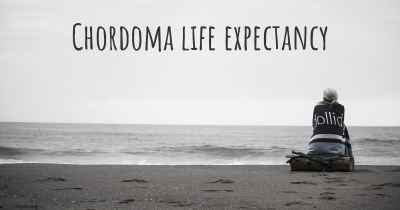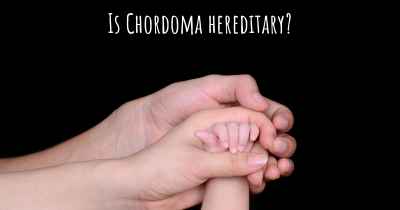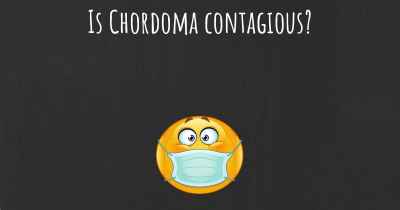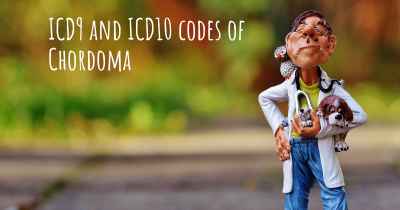4
How is Chordoma diagnosed?
See how Chordoma is diagnosed. Which specialists are essential to meet, what tests are needed and other useful information for the diagnosis of Chordoma
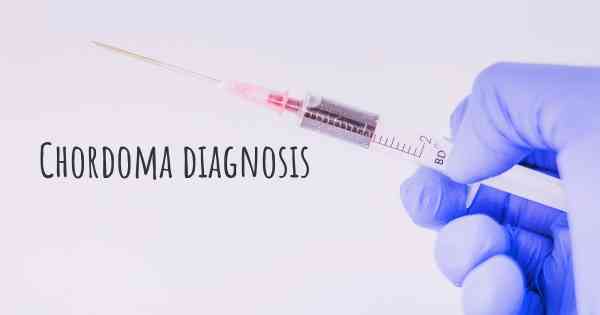
Chordoma is a rare type of cancer that develops in the bones of the skull base and spine. Diagnosing chordoma can be challenging due to its rarity and the similarity of its symptoms to other conditions. However, there are several key methods used to diagnose this disease.
Medical History and Physical Examination: The diagnostic process typically begins with a thorough medical history review and physical examination. The doctor will ask about the patient's symptoms, medical background, and any relevant family history. During the physical examination, the doctor may assess the affected area for any abnormalities or signs of chordoma.
Imaging Tests: Imaging tests play a crucial role in diagnosing chordoma. These tests help visualize the affected area and provide detailed information about the tumor's location, size, and extent. The most commonly used imaging techniques include:
- X-rays: X-rays can reveal bone abnormalities and help identify the presence of a tumor. However, they may not provide sufficient detail to confirm a chordoma diagnosis.
- Magnetic Resonance Imaging (MRI): MRI scans use powerful magnets and radio waves to create detailed images of the body's soft tissues. This imaging technique is particularly useful in visualizing chordomas, as it provides clear images of the tumor and its relationship to nearby structures.
- Computed Tomography (CT) Scan: CT scans use X-rays and computer technology to produce cross-sectional images of the body. They can help determine the tumor's size, shape, and location, providing valuable information for diagnosis and treatment planning.
- Positron Emission Tomography (PET) Scan: PET scans involve injecting a small amount of radioactive material into the body, which is then detected by a special camera. This test helps evaluate the metabolic activity of the tumor and determine if it has spread to other areas.
Biopsy: A biopsy is the definitive diagnostic procedure for chordoma. It involves the removal of a small tissue sample from the tumor, which is then examined under a microscope by a pathologist. The biopsy helps confirm the presence of chordoma and provides important information about its specific characteristics, such as the tumor grade and subtype.
Genetic Testing: In some cases, genetic testing may be recommended to identify specific genetic mutations associated with chordoma. This testing can help guide treatment decisions and provide insights into the tumor's behavior.
Consultation with Specialists: Due to the complexity of chordoma, it is often beneficial to involve a multidisciplinary team of specialists in the diagnostic process. This may include neurosurgeons, orthopedic surgeons, radiation oncologists, and pathologists who collaborate to ensure an accurate diagnosis and develop an appropriate treatment plan.
In conclusion, diagnosing chordoma involves a combination of medical history review, physical examination, imaging tests, biopsy, and sometimes genetic testing. The collaboration of a multidisciplinary team of specialists is crucial in accurately diagnosing this rare form of cancer.
Diseasemaps
